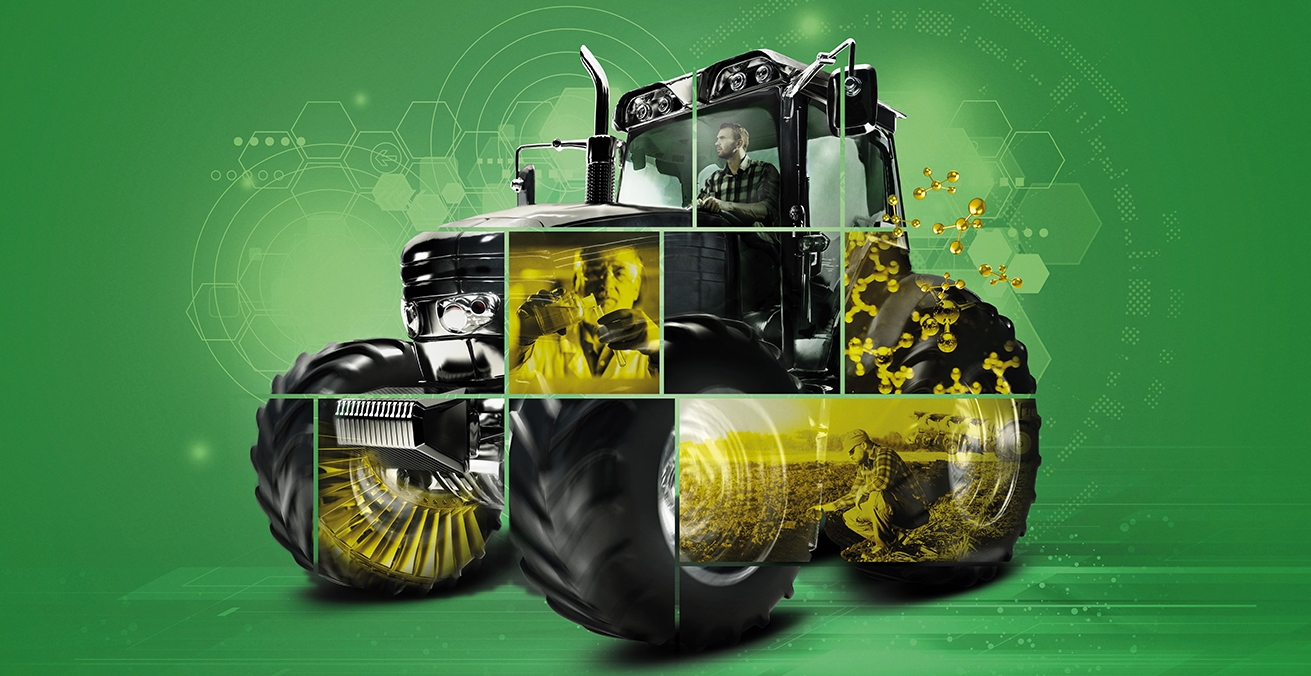Last year, members of Sigma, the professional association of importers and general representatives of civil engineering, construction and material handling equipment, sold 5,678 construction machines. That is 22% better than the 4,630 of 2020 and even 7% better than the previous record year 2019, when 5,303 construction machines were sold.
“When we look back at 2021 and the figures achieved, our mouths drop wide in surprise. We thought trees didn’t grow into the sky, but that turned out to be wrong. We conclude that they could still go a lot higher. Records were broken that were previously considered unbeatable. I should make it clear that this is only about the Sigma members. It is only with the presentation of Sigma’s Economic Dossier that the entire market is presented, with a well-founded assessment of the non-Sigma members”, says Sigma chairman Dries Van Haut.
“With the compact machines of less than 10 tons, it was mainly the mini diggers that increased strongly (25%) in sales. The compact wheel loaders recorded a less spectacular growth. A similar story with machines of more than 10 tons, where it was mainly crawler excavators and telehandlers that experienced the large increase in sold numbers. Wheel loaders also underperformed the larger ones but still increased by more than 10%. And a few more standout numbers: accessories like scissors and breakers were up 59%, but crushers and sieves were down 36%. More than 100 dumpers were sold. We don’t have exact figures for the generators yet. We do notice that there is not such a big improvement with prime power, but the emergency power generators clearly did better than in 2020,” Van Haut sums up.
“It is also hopeful that everything is finally starting to come loose since September last year and that we can finally hope for a recovery after years of doom and gloom. We observed just as spectacular a picture in material handling or lift trucks as in civil engineering. There too an increase of 22% compared to 2021 to 13,215 units in the Sigma figures. Here it was mainly the forklifts that soared high in sales. Electric forklifts increased by 44% to 3,109 units and combustion engine forklifts increased by 84% to 2,082 units. Warehouse trucks increased by 6 to 7%”, says the chairman.
“The order books for 2022 are phenomenal. A large number of orders were registered in the last quarter. We have an order book for large construction machines that is no less than 65% higher than last year and for small machines there is even an almost unbelievable growth in orders of 80%. Of course, this ensures that 2022 will certainly not be a bad year, provided we can deliver everything on time. And that’s just where the shoe pinches. Customers noticed that delivery times were increasing rapidly and began to order en masse. But we have to watch out for the ketchup bottle phenomenon. The chain is coming to a standstill due to the combination of high demand and supply problems. Then at a certain point everything starts to come loose, suddenly too much comes at the same time with the associated problems and possibly even a price implosion. We must hope that a modern squeeze bottle will be used that can be dosed better than a glass bottle as used in the past”, says Dries Van Haut.
“In 2022 we will be faced with three problems: people, materials and money. There have been unprecedented price increases since last year, even in the middle of the year. Interim increases of 4, 5 or 6% and more on top of the usual annual price increases were and are no exception. Sometimes even several in succession and also this year there is still something to come in that direction. Commodity prices are rising sharply, energy prices are going through the roof. Not to mention the labor costs. We have only just experienced a wage jump of 5.15% and the Federal Planning Bureau is already talking on its website about the next exceedance of the pivotal index.”
The second problem is the availability of materials
“The biggest problem is finding the right people. That problem has been serious for many years, today it is downright dramatic. It seems that all professions have suddenly become bottleneck professions. The economy is running at full speed, which certainly plays an important role, but in the past we have had a boom where the shortages in the labor market were not so bad. It is therefore high time that the unemployment trap was finally tackled. I just fear that few politicians can muster the political courage to tackle that.”

